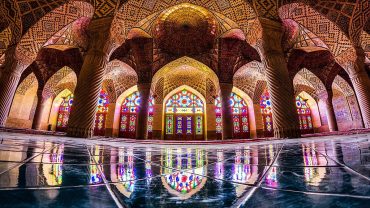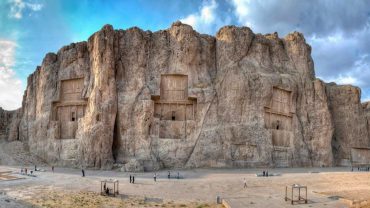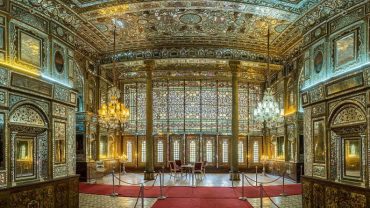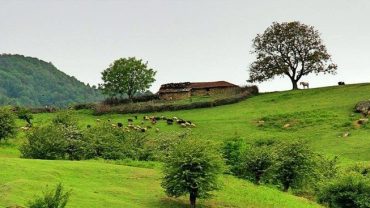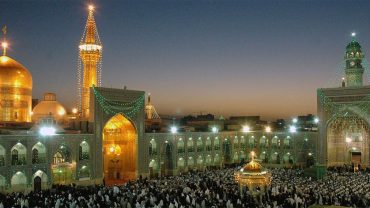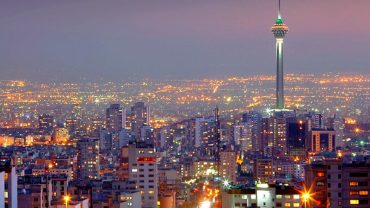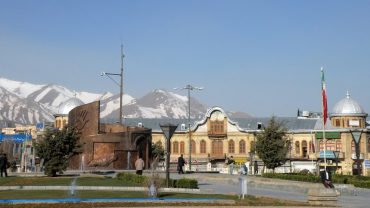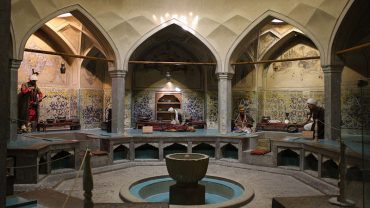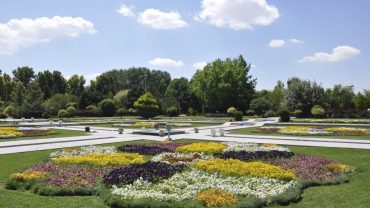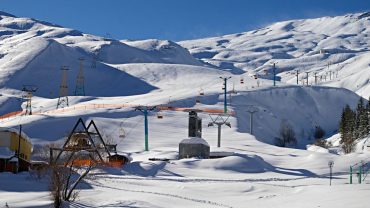- shiraz
- 20 Dec 2021
The mosque is called by many different names. Mostly known as the “Pink Mosque”, it is also called the “Mosque of colours,” the “Rainbow Mosque” or the “Kaleidoscope Mosque”. This is a space where light and worship intertwine. The mosque comes to life with the sunrise and colors dance throughout the day like whirling dervishes. [...]
- shiraz
- 20 Dec 2021
Naqsh-e Rustam is one of the most spectacular and awe-inspiring ancient sites of the Achaemenid Empire, consisting of the colossal tombs of Persian kings dating back to the first millennium BC. It stands as a lasting memory of a once powerful empire that ruled over a significant portion of the ancient world. Naqsh-e Rustam (meaning [...]
- tehran
- 20 Dec 2021
The lavish Golestan Palace is a masterpiece of the Qajar era, embodying the successful integration of earlier Persian crafts and architecture with Western influences. The walled Palace, one of the oldest groups of buildings in Teheran, became the seat of government of the Qajar family, which came into power in 1779 and made Teheran the [...]
- Iran tourist attractions
- 20 Dec 2021
Mazandaran Province About this soundpronunciation (help·info), (Persian: استان مازندران Ostān-e Māzandarān/Ostân-e Mâzandarân), is an Iranian province located along the southern coast of the Caspian Sea and in the adjacent Central Alborz mountain range, in central-northern Iran. Mazandaran Province is one of the most densely populated provinces in Iran and has diverse natural resources, notably large [...]
- 20 Dec 2021
Mashhad (Persian: مشهد, Mašhad [mæʃˈhæd] (About this soundlisten)), also spelled Mashad or Meshad, is the second most populous city in Iran and the capital of Razavi Khorasan Province. It is located in the northeast of the country, near the borders with Turkmenistan and Afghanistan. It has a population of 3,001,184 inhabitants (2016 census), which includes [...]
- tehran
- 20 Dec 2021
Tehran (/tɛəˈræn, -ˈrɑːn, ˌteɪə-/; Persian: تهران Tehrân [tʰehˈɾɒːn] (About this soundlisten)) is the capital of Iran and Tehran Province. With a population of around 8.4 million in the city and 15 million in the larger metropolitan area of Greater Tehran, Tehran is the most populous city in Iran and Western Asia,and has the second-largest metropolitan [...]
- hamedan
- 20 Dec 2021
Hamadān (pronounced [hæmedɒːn]) or Hamedān (Persian: همدان, Hamedān) (Old Persian: Haŋgmetana, Ecbatana) is the capital city of Hamadan Province of Iran. At the 2006 census, its population was 473,149, in 127,812 families. Hamedan is believed to be among the oldest Iranian cities. It is possible that it was occupied by the Assyrians in 1100 BCE; [...]
- Isfahan
- 20 Dec 2021
The Ali Gholi Agha hammam is a historical hammam in the Bidabad district of Isfahan, Iran. The hammam was built in 1713 by Ali Gholi Agha, who was a courtier of two Safavid kings Suleiman I and Sultan Husayn. Its architectural style is Isfahani and it was built in the late Safavid era. The structure consists of one large hammam [...]
- Iran tourist attractions
- 20 Dec 2021
The Flower garden of Isfahan was one of Iran’s great green space projects, which was completed in 1990s in Isfahan. The garden serves multiple purposes. It’s a recreational, cultural, educational and research center. The buildings of the garden have Iranian traditional elements. The different parts of the garden The entrance pavilion includes a building with [...]
- Other Attractions
- 20 Dec 2021
Dizin is the largest Iranian ski resort. It is located in the Alborz mountain range, about 70km North from Tehran. It was established during the 1960s under the reign of Mohammad Reza Pahlavi. Dizin is the first ski and winter sport resort in Iran which has been officially recognized and granted the title by the [...]
